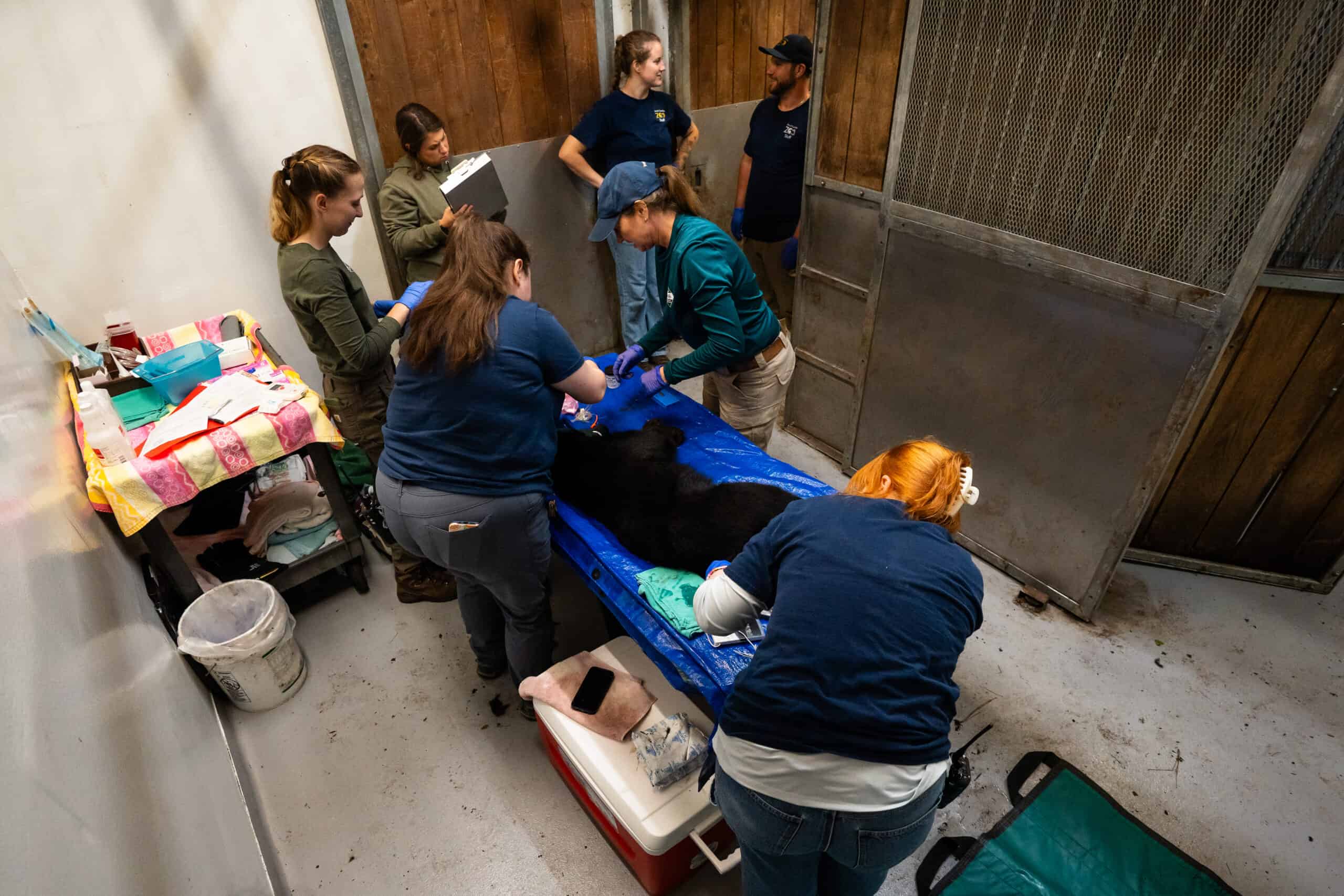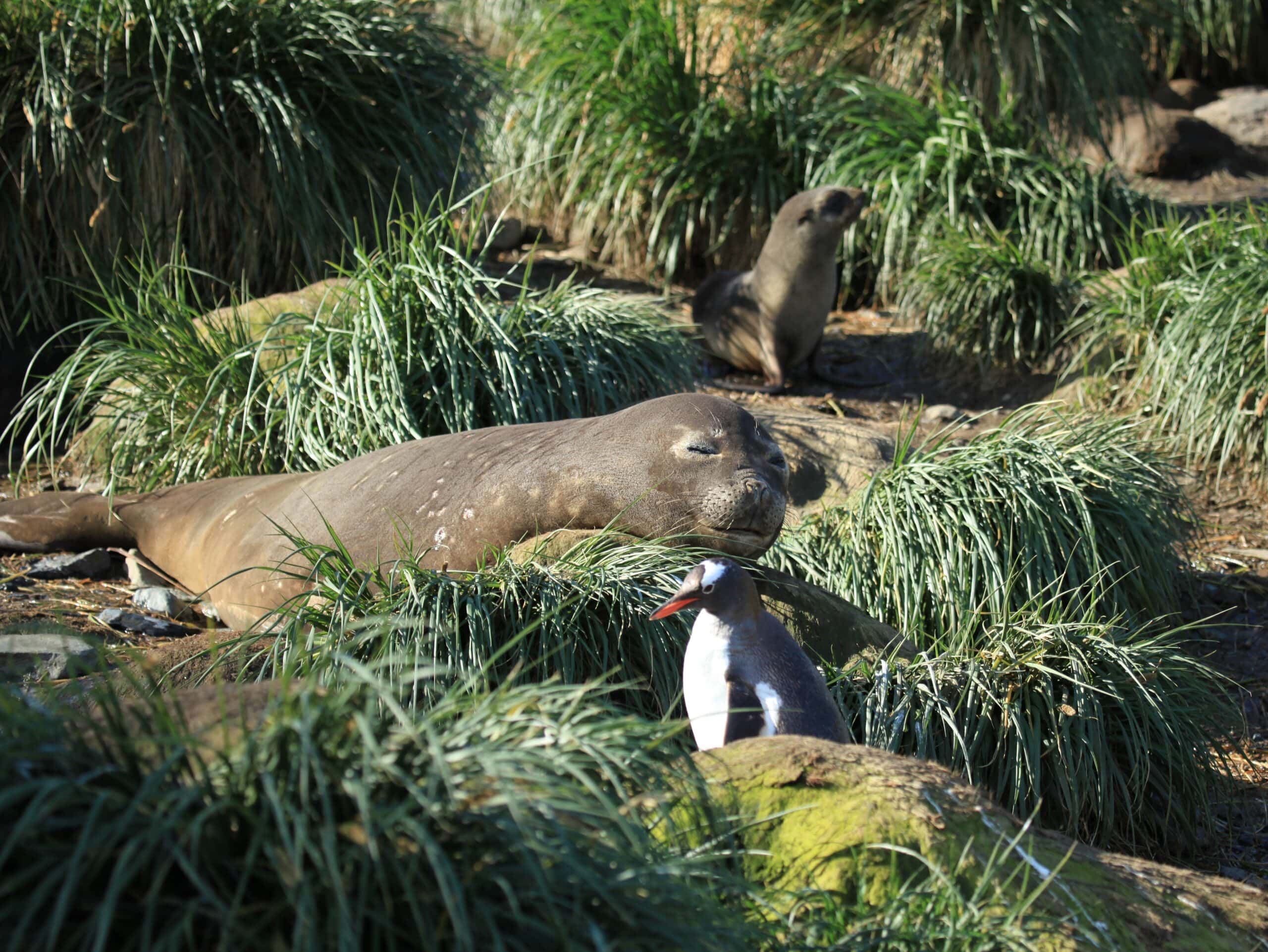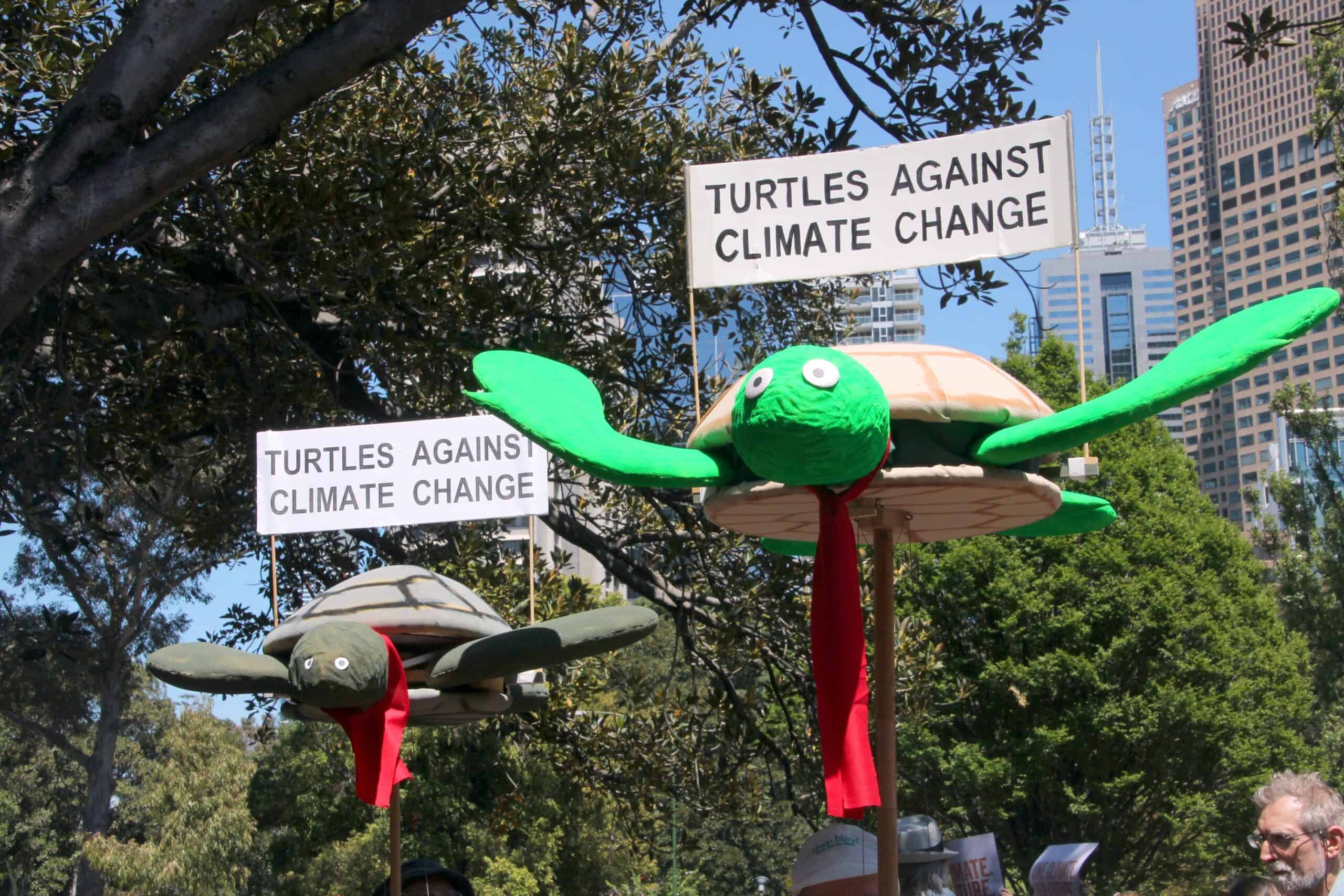Share this article
Human factors stand in the way of wildlife crossings
In western Canada, it’s not unusual to find structures built to help wildlife cross busy highways. But in Ontario, where the wildlife tends to be smaller but the urban populations are bigger, they’re not so common.
The result may be thousands of wildlife-vehicle collisions that could be prevented, millions of dollars that could be saved and wildlife — and human — deaths that could be prevented.
That’s the conclusion of a paper published in the Journal of Environmental Planning and Management, which looked at why more mechanisms aren’t put in place in southern Ontario, which has the highest concentration of roads in Canada.
“The cost of them is relatively low compared to the societal cost of collisions in general,” said Kristin Elton, who completed the research as part of her master’s thesis in urban and environmental planning at the University of Waterloo.
Elton looked at why more strategies like signage, wildlife detection systems, fencing and wildlife crossings weren’t implemented on southern Ontario’s roadways. Using a project management approach, she tried to understand why some are successfully implemented while others aren’t. Cost was sometimes an issue, she found, but more often there were human factors. Sometimes it was a lack of awareness of what could be done. Sometimes it was hard for agencies to put together the expertise needed.
“There wasn’t this cohesive understanding of how to go about doing these types of projects,” Elton said.
In one case, Elton said, a group of conservationists intended to create culverts to help turtles, frogs and other herps cross a road that cut through wetlands, but they struggled to navigate through the approval process. find experts who knew how to make them successful. In the end, the project was downsized. A planned 12 culverts went down to tbree, but they were able to get it done.
Wildlife crossings were more likely to be completed when they were part of other road construction plans, Elton found, and not standalone projects.
They may also be more successful, she said, if they’re proposed in the name of benefiting humans, not just wildlife.
“I think as conservationists we need to be aware of that,” said Elton, who now works as outreach coordinator for a Sierra Club Watch for Wildlife campaign in New Brunswick. “We can’t always sell our strategies, like roadway mitigation, as protecting wildlife. It doesn’t just do that. It saves money. It saves human lives. If we can pitch our conservation incentives to people in a way that resonates with them, it’s going to be much more successful than ‘we want to save the wildlife.’”
Header Image: Ontario’s roads can be dangerous for wildlife, but mitigating hazards may require mitigating human factors first. ©Gabriel Esler








